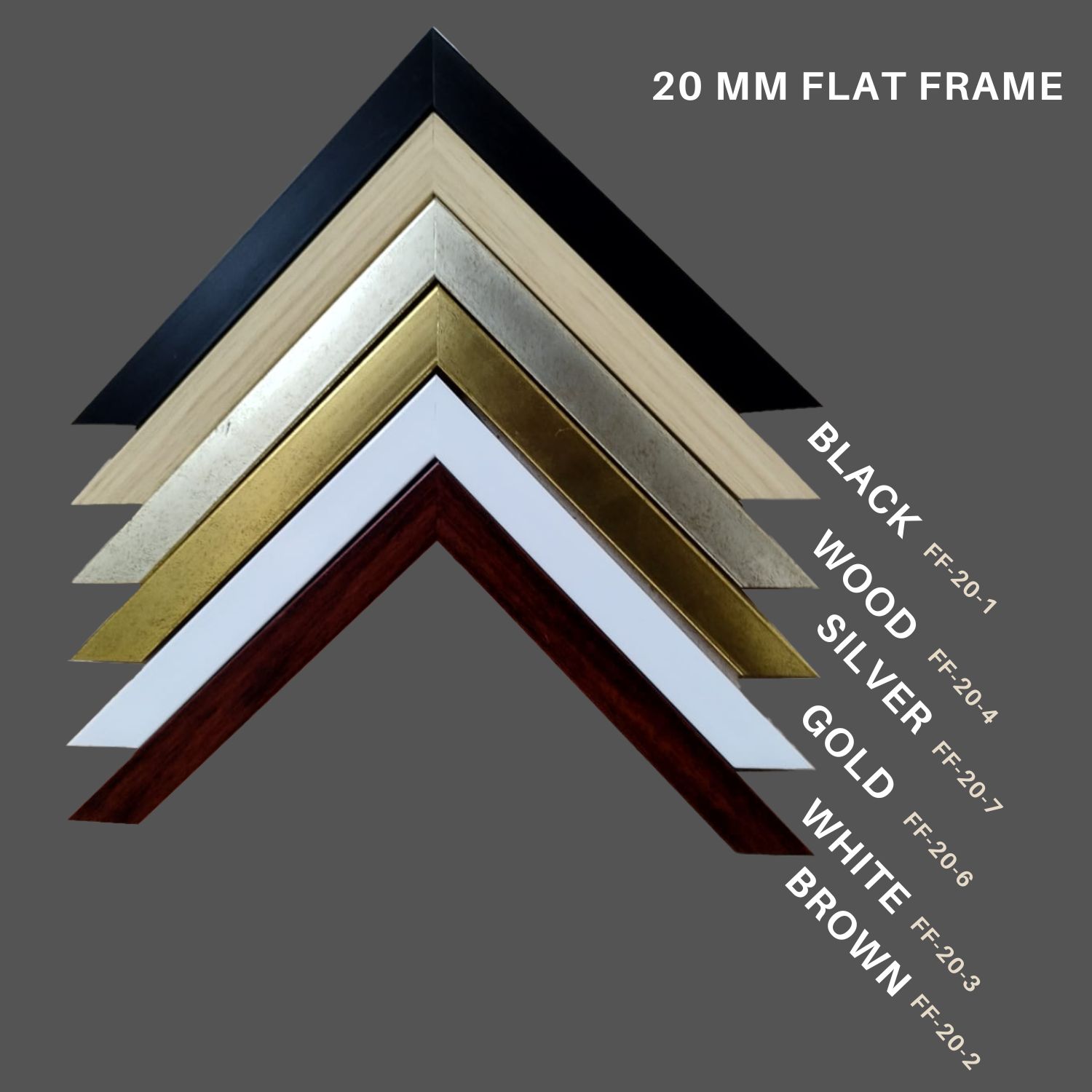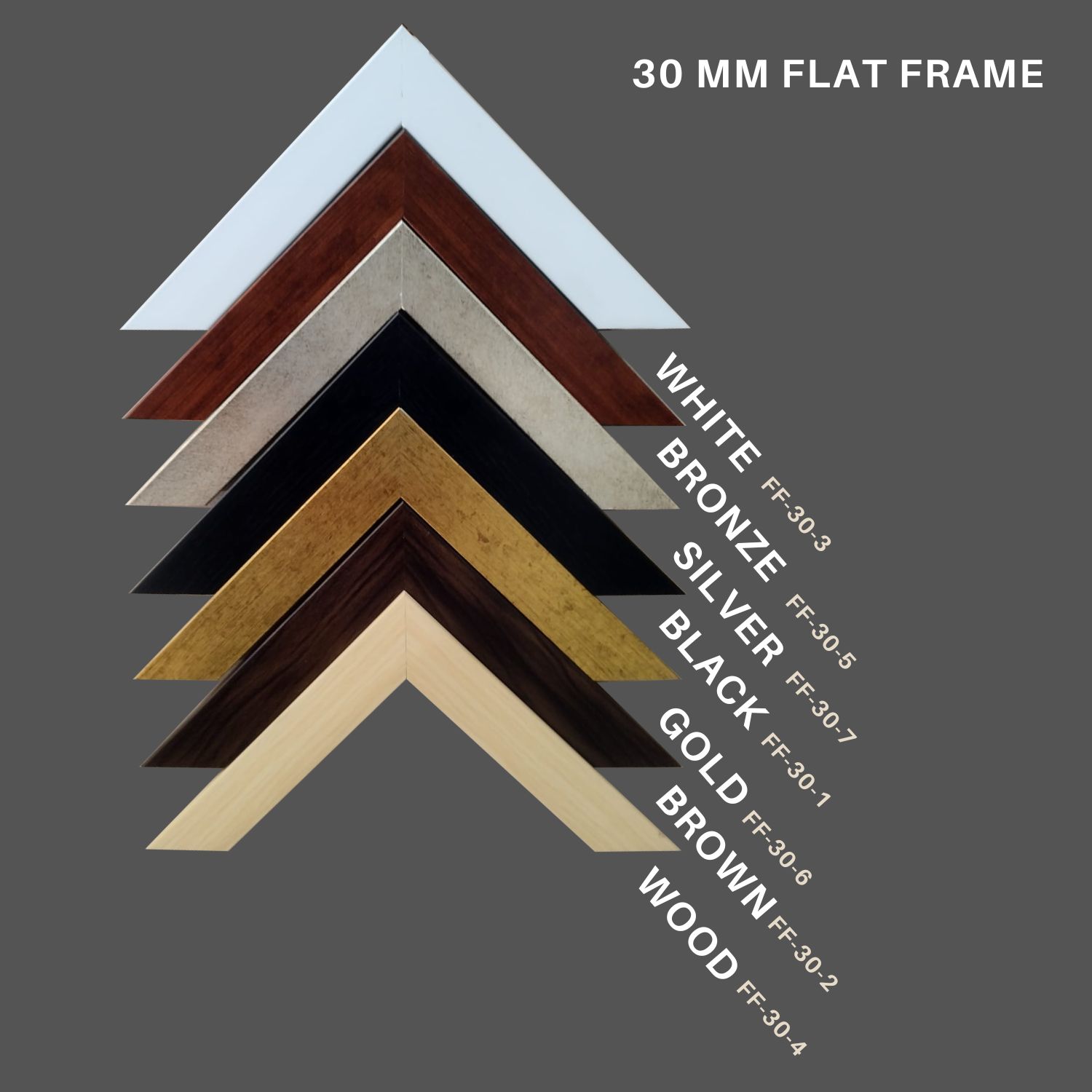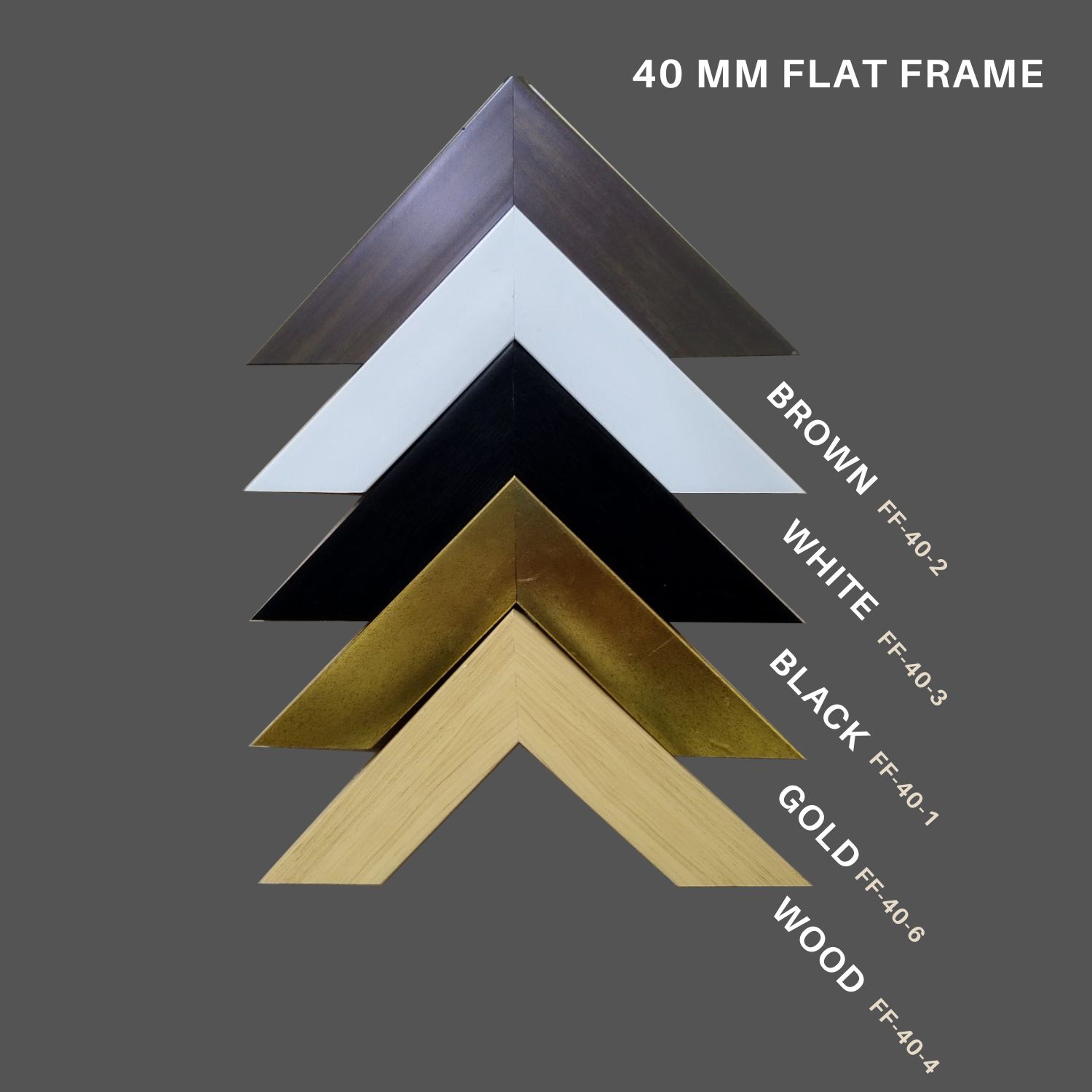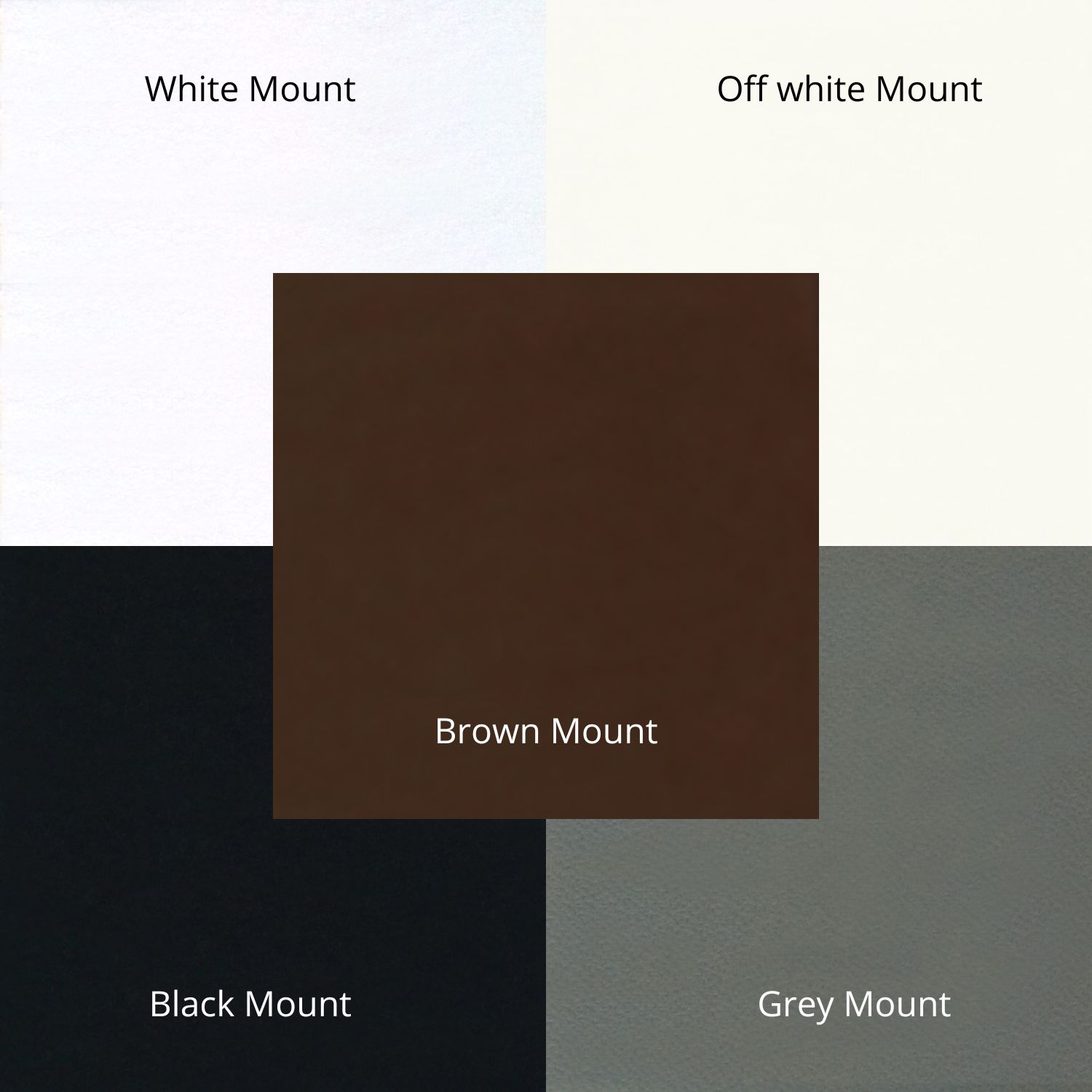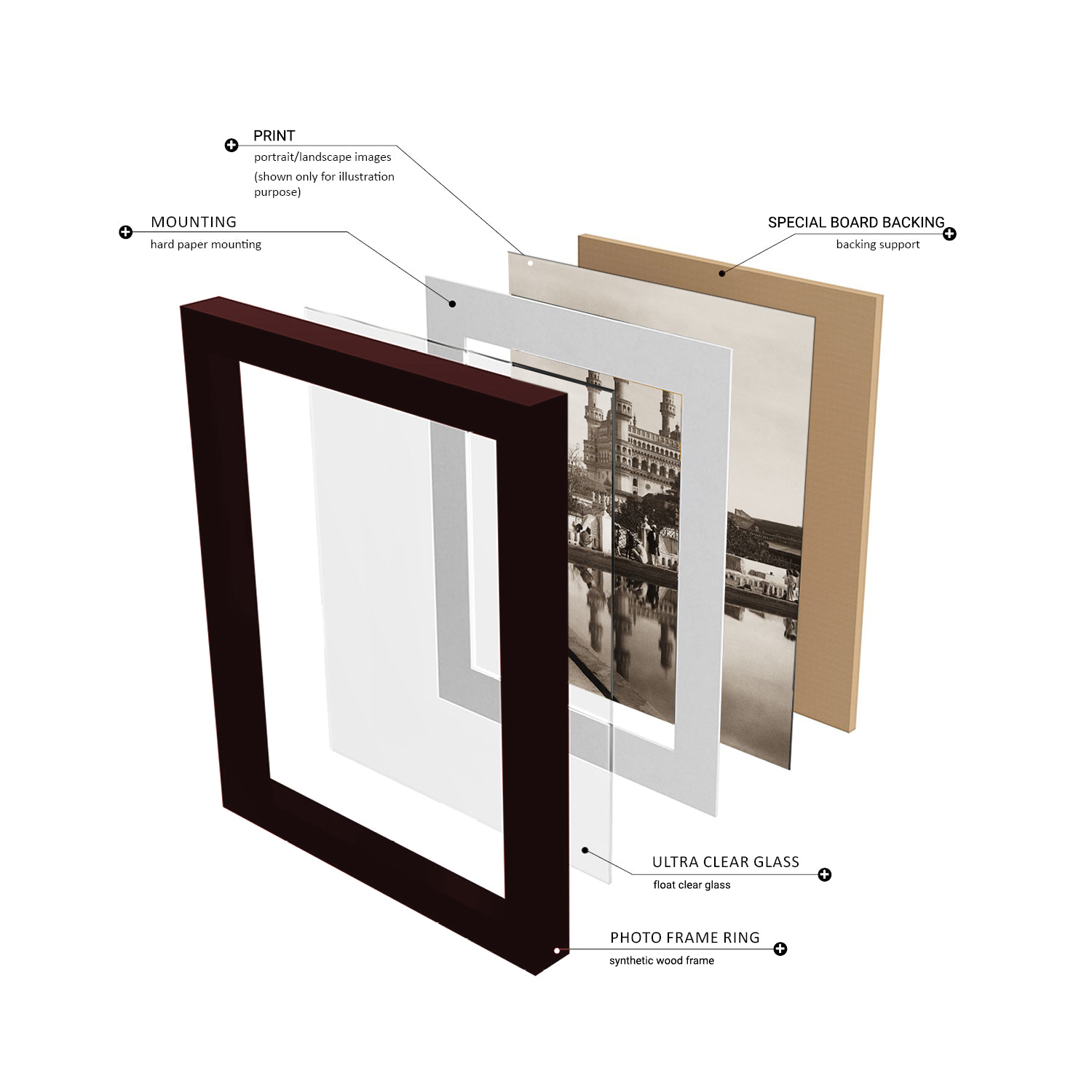DESCRIPTION
This is a vintage photograph of the Rajabai Clock Tower in Mumbai University Fort Campus located next to the High Court is undoubtedly a majestic example of exquisite beauty. The tower was designed in Venetian-Gothic style by Sir Gilbert Scott, an English architect who modelled it on the Big Ben, London. The tower was built out of Kurla stone. It stands at a height of 280 ft and has one of the best stained glass windows in the city. The foundation stone of the tower was laid down in March 1869 and was completed in 1878.
The structure bears testimony to a man?s love for his mother, Premchand Roychand, a prosperous stock broker, who had also founded the Bombay Stock Exchange building, agreed to fund a portion of the total cost of the construction of the clock tower on one condition, that it be named after his blind mother Rajabai.
In October 2013 the tower underwent restoration work under the observation of Anita Garware, Dr. Rajan Welukar the Vice-Chancellor of University of Mumbai and N Chandrasekar the CEO of Tata Consultancy Services. The restoration work was completed and the tower was reopened in March 2015.
The tower is a part of The Victorian and Art Deco Ensemble of Mumbai, which was added to the list of World Heritage Sites in 2018 and also received the UNESCO Asia-Pacific Award for Cultural Heritage Conservation.
Dispatch within:
24 hours
Artist Name
Unknown Photographer
Medium
Archival Paper
Edition
Open Edition
Specifications
● High-quality reproduction of vintage photographs
● Printed on enhanced matte archival paper with archival inks
● Superior quality frames
● Sturdy rear panel made from special board
● Hangers included for easy installation
Provenance
From the Prshant Lahoti Collection, part of Kalakriti Archives, Hyderabad. A private archive comprising of collection of historical maps, photographs, and popular prints of Indian Sub-continent.
Framing
With Framing
Year
1880 c.


